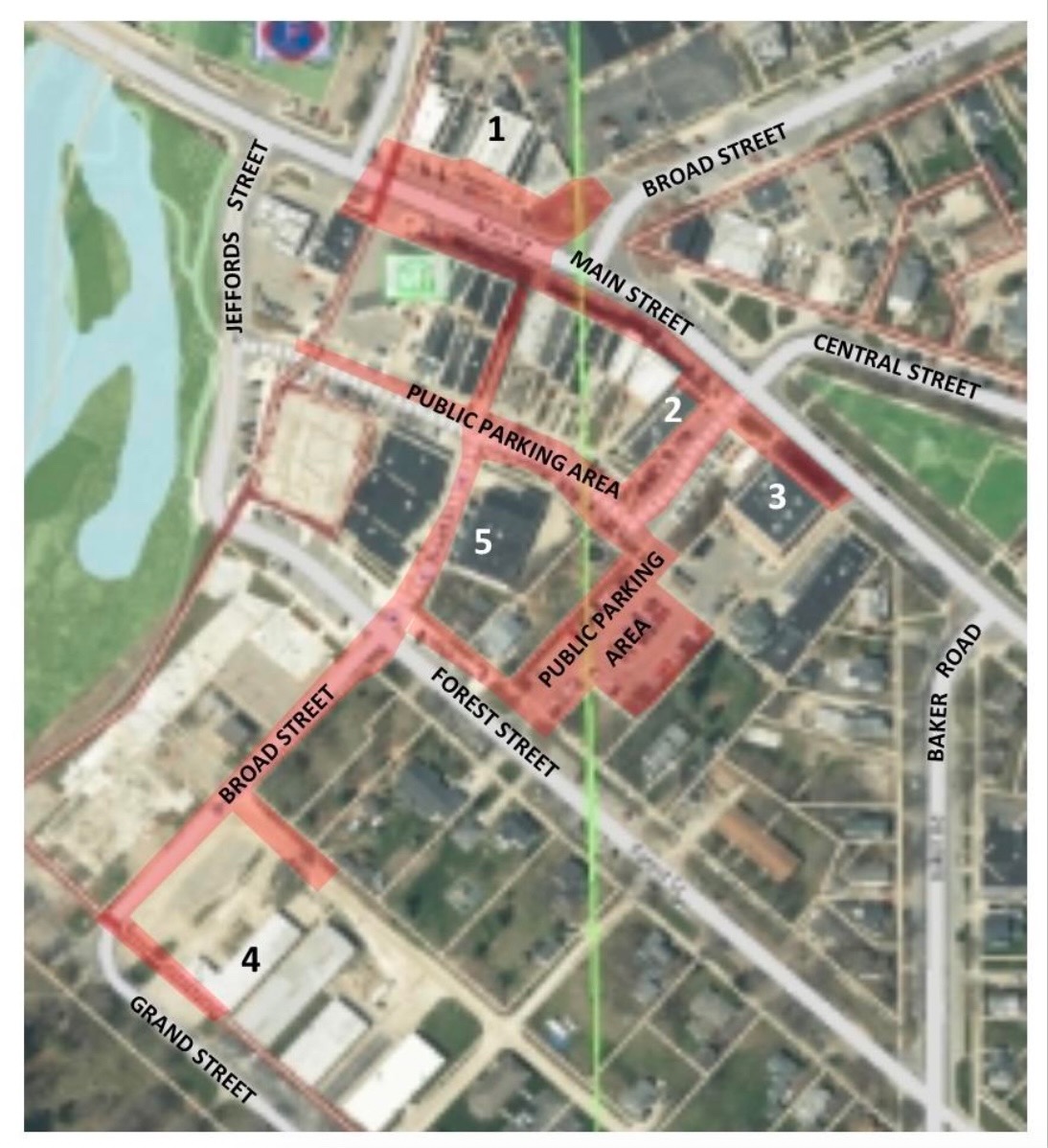The discovery revealed how ancient hunters used sophisticated techniques to pursue caribou on what was once dry land.
A groundbreaking study led by the University of Michigan’s Museum of Anthropological Archaeology has unearthed a 9,000-year-old caribou hunting structure beneath Lake Huron. The 2014 findings illuminate the lives of early humans in the Great Lakes region, showcasing their complex social and survival strategies.
The study, titled A 9,000-year-old caribou hunting structure beneath Lake Huron and published in the Proceedings of the National Academy of Sciences, details the discovery of the “Drop 45 Drive Lane.” This intricate structure, located 121 feet meters underwater and 35 miles southeast of Alpena, Michigan, is the most complex hunting apparatus ever found beneath the Great Lakes. According to the researchers, “The newly discovered Drop 45 Drive Lane is the most complex hunting structure found to date beneath the Great Lakes.”

Nine thousand years ago, the Alpena-Amberley Ridge was a dry land corridor connecting modern-day Michigan and Ontario. The area provided an ideal environment for caribou migrations, which early humans exploited using stone structures to direct herds into kill zones. As the study explains, “The construction of linear features of stone or brush provides an effective means of channeling the movement of animals into predetermined kill zones.”
Scientists have long theorized that Paleoindian and Archaic Indian hunters used cooperative and organized techniques to pursue and entrap their prey, requiring a sophisticated level of social interaction and planning. The subarctic, post-glacial environment that persisted would have supported species like caribou, which the ancient hunters of the Alpena-Amberley Ridge pursued.

“Humans and caribou have a long history of interaction, dating back to at least the Middle Paleolithic. Over time, caribou hunters and herders became aware of the tendency of caribou, like many ungulates, to follow linear features. As such, the construction of linear features of stone or brush provides an effective means of channeling the movement of animals into predetermined kill zones,” wrote team leader John O’Shea, Professor of Anthropology at UofM, and colleagues in their report. They noted that while similar structures are common in Arctic regions, they are rarely preserved in temperate areas like the Great Lakes.
These findings were made possible through an interdisciplinary approach, combining underwater archaeology, computer simulations, and paleoenvironmental analysis. The research team, including computer scientists from Wayne State University, employed advanced sonar and agent-based simulations to model caribou movement. The simulation highlighted critical choke points where hunting structures were likely to be found, aligning with the actual discovery of Drop 45.

The project reveals the significance of submerged archaeological sites, offering unique preservation conditions absent from dry land settings. “These contexts have unique potentials for preserving ancient sites without disturbance from later human occupation,” the researchers noted.
This discovery not only highlights the ingenuity of early hunters but also provides a blueprint for future investigations into submerged prehistoric landscapes. The research, conducted under a Michigan Archaeological Exploration Permit, contributes to understanding the social and seasonal organization of early peoples in the region.
For more information, visit the University of Michigan’s Museum of Anthropological Archaeology website or access the full study in the Proceedings of the National Academy of Sciences.






 8123 Main St Suite 200 Dexter, MI 48130
8123 Main St Suite 200 Dexter, MI 48130


